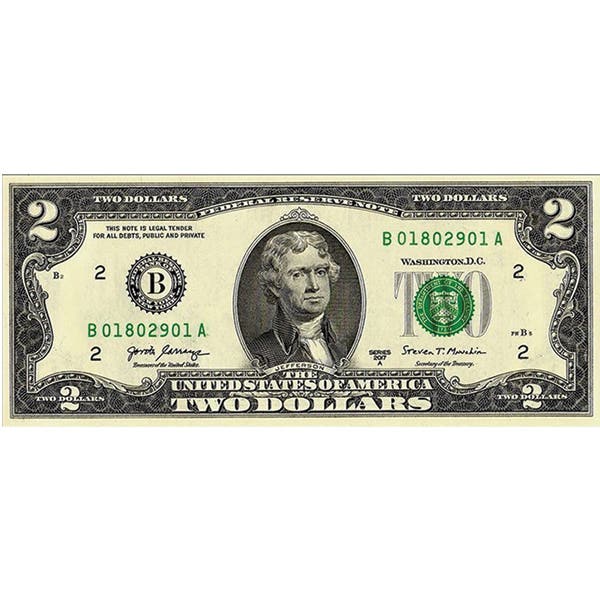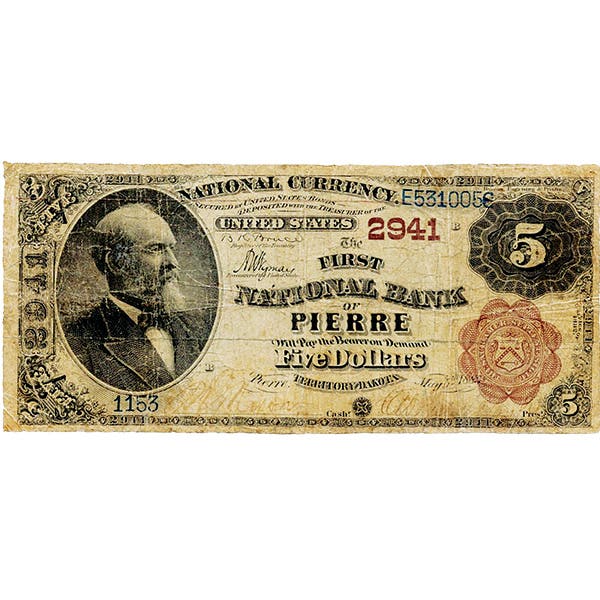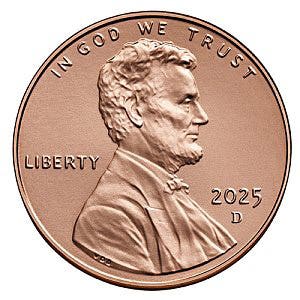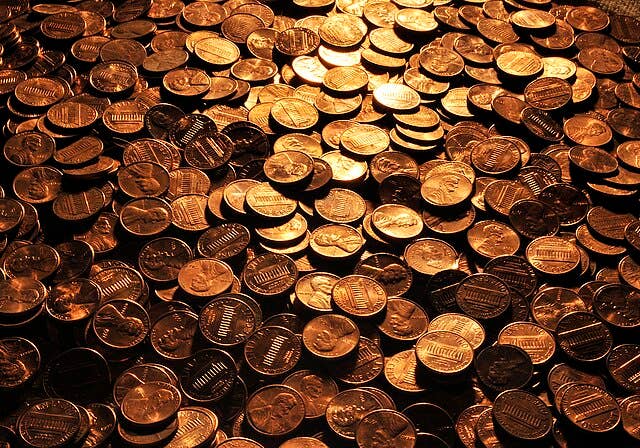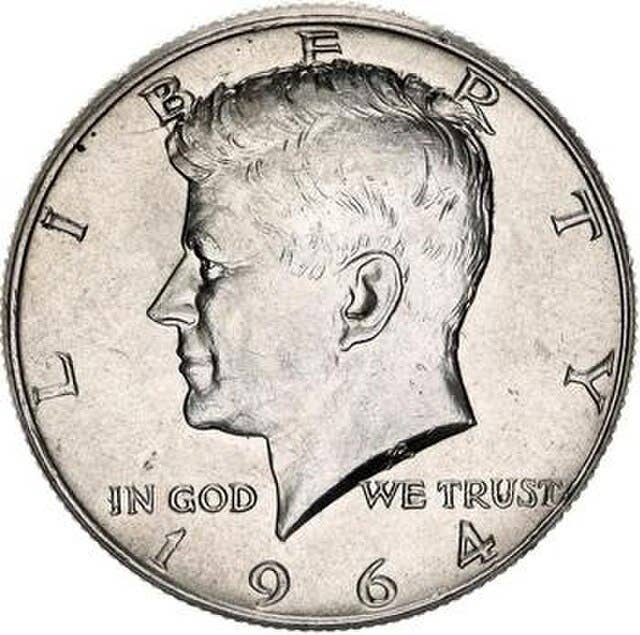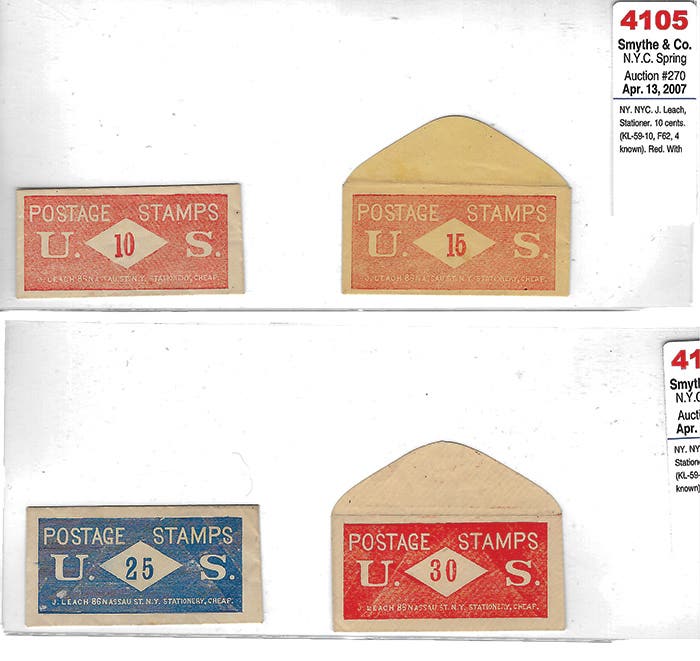Viewpoint: Unwary buyers lose with mislabeling
eBay can be good and bad when it comes to finding coins that aren’t always at a local shop/show. The letter in the Feb. 12 NN entitled “Is there a name for mislabeled graded coins?” deserves a response from someone who’s been there and done that.
By Doug Jennings
As usual when my copy of NN arrives, I sit down with it like I’m at the local diner with some of my other collectors/cronies and talk over what’s happening by reading the letters to you.
The very first one struck a chord with me because I had the same thing happen to me. eBay can be good and bad when it comes to finding coins that aren’t always at a local shop/show. The letter in the Feb. 12 NN entitled “Is there a name for mislabeled graded coins?” deserves a response from someone who’s been there and done that.
While completing a set of modern gold commemoratives, I bid on a pair of proof and Mint State “XYZ’s” and that was especially rare in Mint State. I won the pair in the eBay auction and couldn’t wait to see this “69” or “70” pair of coins.
When I received them, I knew something was wrong. The label said the coin was MS-69 or 70, but I knew it was a cameo proof. I called the seller immediately and expressed my concern. He attested to the set coming from the grading service in that grade and as a pair.
So, I called the grading service and gave the ID numbers to the pair, and the receptionist/operator confirmed that the numbers were for proof/MS “XYZ” coins. I know that sometimes a very fresh pair of regular dies might create a prooflike Mint State coin, but I didn’t think that was the case.
I called a dealer/friend and asked him to look at the set and maybe solicit some opinions from other dealers who deal in modern commems. He took it with him to a show that weekend and came back with the same conclusion that I had arrived at earlier. The MS coin was a mislabeled proof.
My friend said it was not that unusual to receive mislabeled coins and that his company had received a few over the years and sent them back to be re-labeled. However, this is where a caveat comes in. What if I hadn’t been a knowledgeable enough collector to suspect the mislabeling of the proof as Mint State and had put these into my collection for my grandchildren 20 to 30 years from now? Thinking I had a rare Mint State coin that would really multiply in value, hopefully, in those years for my grandchildren’s benefit would have been a financial disaster.
After I returned the coins, I didn’t know what to do to prevent someone else from making an unfortunate eBay purchase. I watched to see if those coins showed up again on eBay. They did and were offered by the same seller and eventually were purchased, I assume, because they were no longer there.
Now, besides your own vigilance and numismatic knowledge, usually a pair of coins submitted as such probably would have somewhat similar ID numbers if not even consecutive. This set wasn’t even close in ID’s. I’ve never sent a coin for grading, but I have purchased coins from a set, and that is often the case. Also, the old axiom, if it seems too good to be true, it usually is. Just thought I’d share my personal experience with you. I hope you find it worthwhile.
Doug Jennings is a hobbyist from Petersburg, Mich. This “Viewpoint” was written by William H. Brownstein, a southern California hobbyist. Viewpoint is a forum for the expression of opinion on a variety of numismatic subjects. To have your opinion considered for Viewpoint, write to David C. Harper, Editor, Numismatic News, 700 E. State St., Iola, WI 54990. Send email to david.harper@fwmedia.com.
More Coin Collecting Resources:
• Subscribe to our Coin Price Guide, buy Coin Books & Coin Folders and join the NumisMaster VIP Program




